How to Develop a Product Prototype

What is a Prototype?
A product prototype is typically a 3D representation of an idea for a product. While prototypes are often physical, some are created digitally with 2D or 3D visualization. A prototype transforms a concept into a tangible item in terms of what it could look like and how it might function. Prototypes are best developed by a cross-functional team of designers, engineers, and collaborators.
Clients count on DISHER for effective prototyping. Prototyping is critical in developing optimal solutions. Our industrial designers and concept engineers use prototyping of varying fidelities and types to test design concepts in both form and function.
Prototypes help teams identify potential technical issues and avoid costly mistakes or rework. We come alongside our clients to vet and advance concepts that meet or exceed goals and user requirements.
Gather Valuable Feedback
Benefits of Prototyping
Rapid prototyping is a way for designers to quickly create mock-ups to evaluate the function and/or aesthetics of a part, product, or feature. It is a smart, agile strategy that can be used throughout each phase of the product development process.
Teams can gather quick feedback from users and stakeholders on the shape, size, and basic usability of an idea. Multiple, low-cost iterations can be made (since prototypes are constructed from inexpensive materials like paper, cardboard, foam, and modeling clay) allowing product development teams to fail-fast-forward.
Rapid prototyping saves time, boosts collaborative innovation, lowers costs, and reduces risk.
- Stimulates Innovation – New ways to solve problems are explored and iterated upon.
- Finds Design Flaws - Prototyping ensures designs are refined or improved upon early in the process.
- Gain Feedback - Provides a way to gain valuable and more accurate feedback from users. requirements and specifications, an understanding of product desirability.
- Reduces Time and Costs: Prototyping improves product quality for the long term.
- Tests Feasibility: Prototyping helps you test materials and manufacturing feasibilities.
- Enables Cost Estimation: Get more accurate costs for materials, components, and manufacturing.
- Increases Efficiency: Prototyping sets-up production efficiencies.
Types of Prototypes
A variety of prototypes can be created to gather early feedback from users and stakeholders on the form, fit, function, and manufacturability of a product before the final detailed engineering design is developed.
There are many types of prototypes—from simple cardboard models to fully functional builds. Let’s look at six of the most common prototypes.
Rapid Prototyping
Rapid prototyping is a way for designers to quickly create mock-ups to evaluate the function and/or aesthetics of a part, product, or feature. It is a smart, agile strategy that can be used throughout each phase of the product development process.
Teams can gather quick feedback from users and stakeholders on the shape, size, and basic usability of an idea. Multiple, low-cost iterations can be made (since prototypes are constructed from inexpensive materials like paper, cardboard, foam, and modeling clay) allowing product development teams to fail-fast-forward. Rapid prototyping saves time, boosts collaborative innovation, lowers costs, and reduces risk.
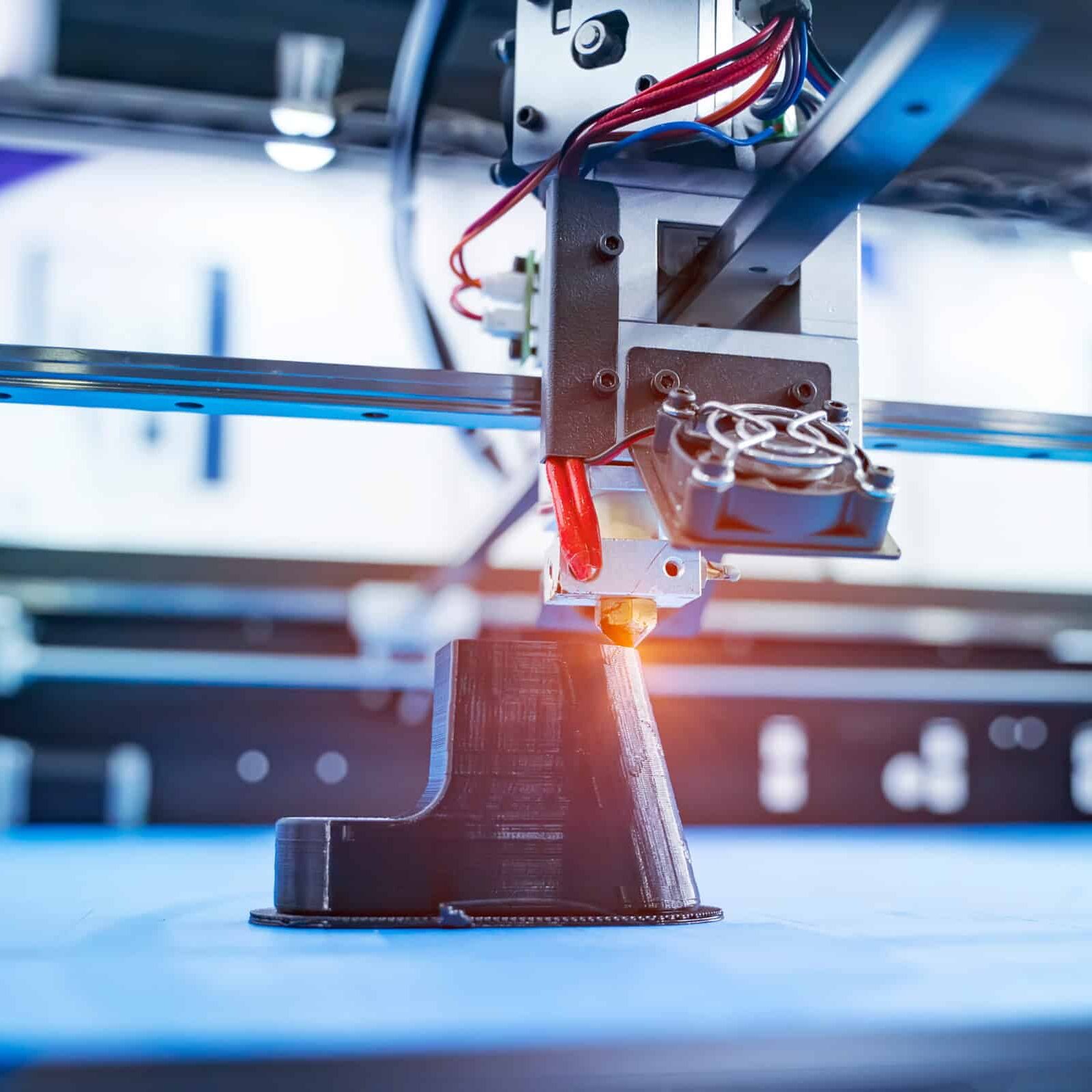
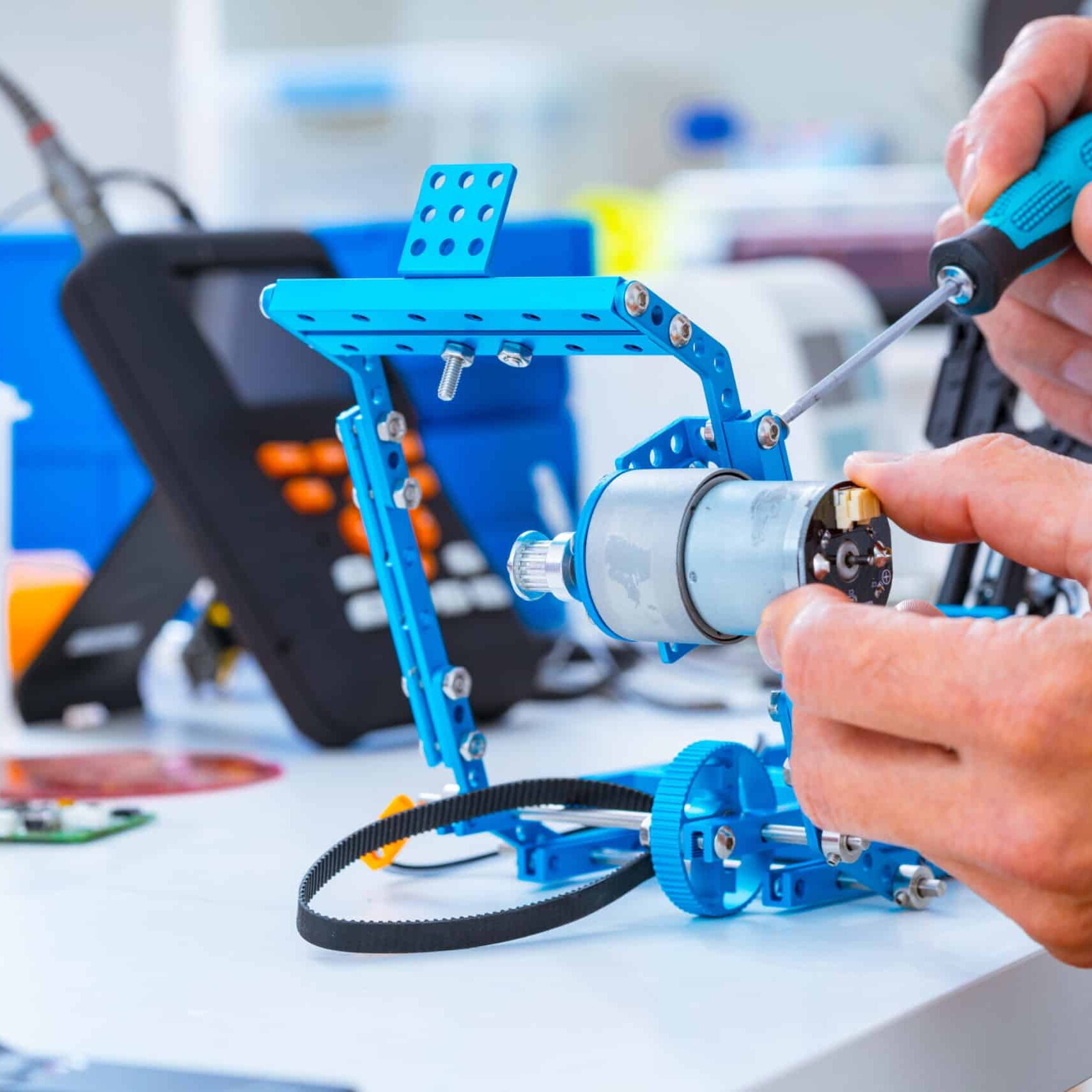
Proof-of-Concept Prototype
A Proof-of-Concept (POC) prototype answers the question, “Will it work?” It is concerned with the business case (commercial viability), the marketability (user desirability), and the design and engineering (production feasibility) of a particular product solution.
POCs are typically built from available components (pumps, motors, development kits, switches, and sensors) to simulate the functionality not the aesthetics.
Product Managers, stakeholders, and potential investors benefit from a POC that provides some proof that the idea works, there’s demand, it can be profitable, and is manufacturable. If not, developers need to look to other possible solutions or make corrections from the feedback gathered.
Visual or Looks-Like Prototype
A visual prototype features the overall look, shape, feel, and aesthetics of a product design including colors, finishes, and material considerations. It typically does not have working features.
Materials used in creating this type of prototype may include 3D-printed plastic, fiberwood, wood, foam, modeling clay, CNC-machined metal, and paint.
A visual prototype could also be created digitally with 3D rendering tools like KeyShot. It is usually shown to potential users, key stakeholders, and investors for constructive feedback.
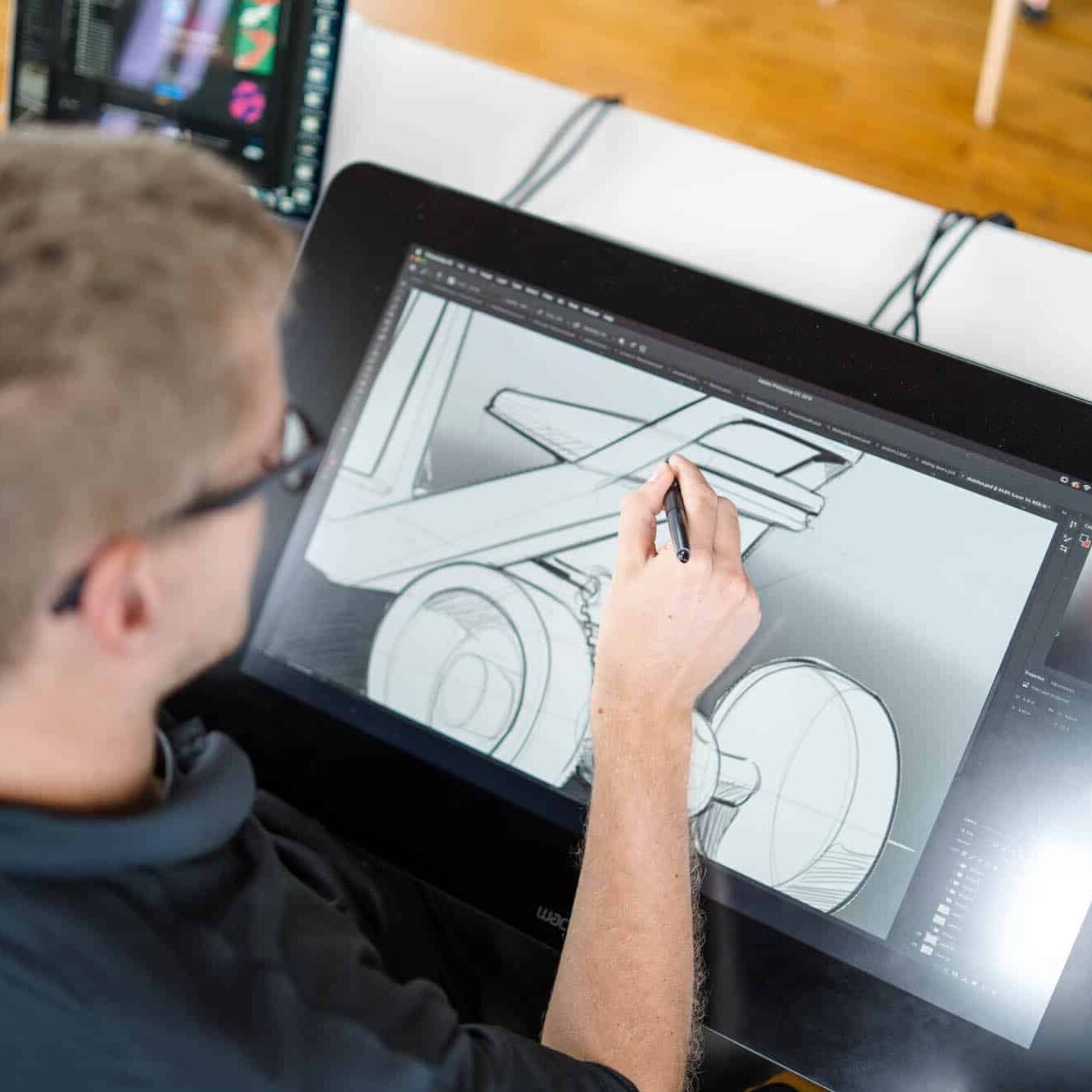

Functional or Works-Like Prototype
A functional prototype is a basic working prototype that helps a product development team understand if the design is functioning the way it was intended. The geometry, materials, strengths, tolerances, mechanisms, and manufacturability are evaluated and optimized. It typically does not showcase the intended cosmetic appearance.
Engineering Prototype
An engineering prototype combines both the visual and functional aspects as well as the manufacturability. It looks similar to the final product but may be a little rough around the edges. It enables engineers to test, iterate, and validate the design, functionality, and viability in a real-life environment.
Materials used for these prototypes may include custom printed circuit boards, wiring, custom hardware, and functioning software.
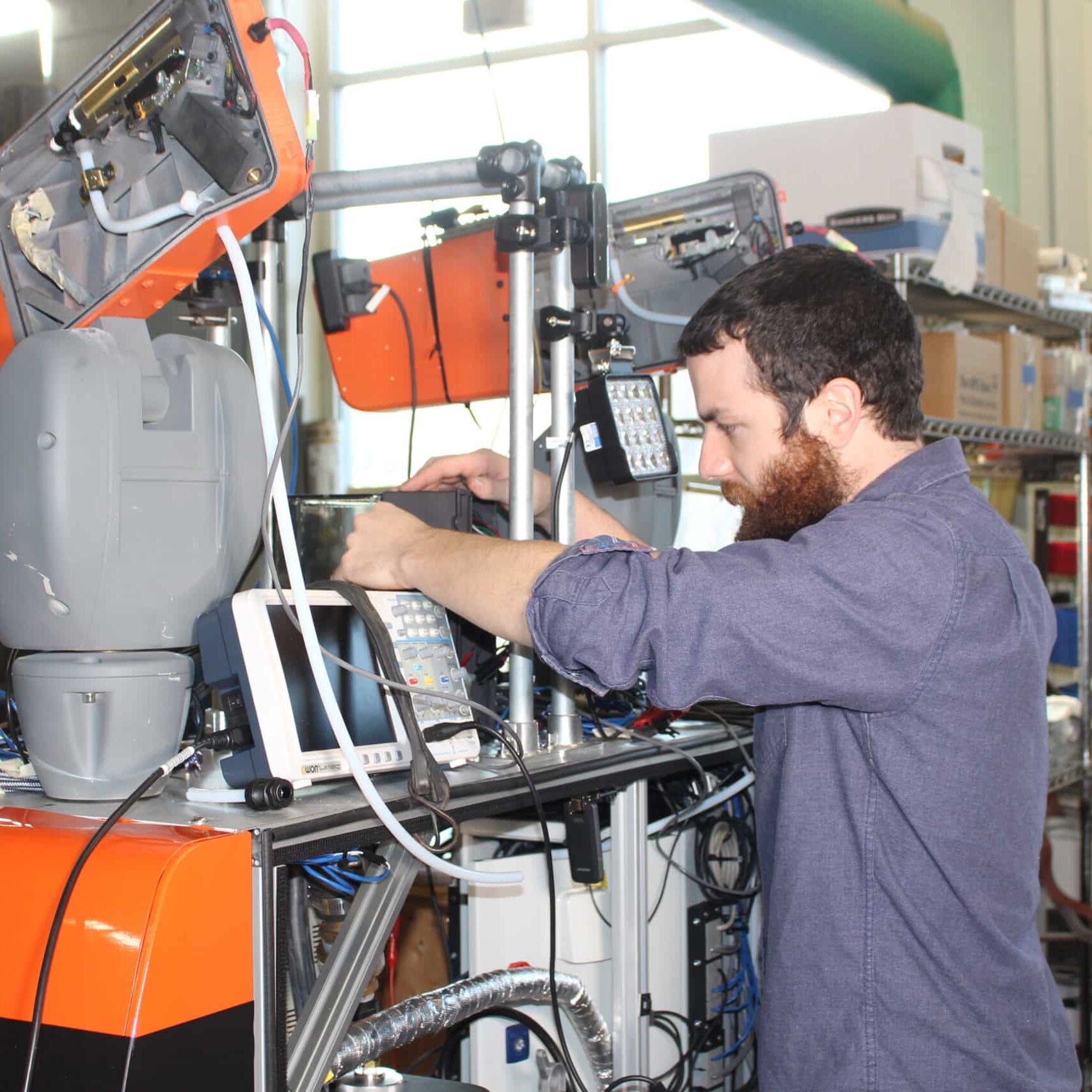

Pre-production Prototype
A pre-production prototype is the final prototype before production takes place. It is produced with the intent of the final product solution but may not be produced by the final manufacturing process, materials, or tooling. It is fully functional, and the appearance looks just like a finished product. Engineers confirm the form, fit, and function of the design before investments are made in tooling, machinery, and quality checks.
These prototypes are evaluated through a Design Verification (DV) or Engineering Evaluation (EV) test plan to make sure they will meet production requirements.
Stakeholders assess the final aesthetics, finishes, and materials. Sales and Marketing teams can test the user experience and do pre-launch promotion. Sometimes the pre-production prototype is skipped depending on the complexity of the product, confidence level of the team, and the design/process validation required.
Prototype development
How to Create a Great Product
To design and develop great products, effective prototyping is essential. DISHER’s advanced product development team employs a variety of prototyping methods to optimize and validate the user desirability, commercial viability, and production feasibility of a design.
DISHER’s Prototype Manufacturing Process
DISHER creates prototypes at the right level of fidelity to solve problems, meet user needs, fit within the budget, and achieve the desired goals of our clients. We employ a user-centered design approach throughout the prototyping process.
Step 1: Ideation
DISHER meets with our clients to fully understand the scope of the project and align on the objectives. We review all the secondary research, primary research, user experience maps, and inspiration examples prior to ideation.
After the team gains an understanding of the user and their needs, DISHER employs our proven Whiteboard Wednesday process and our Innovation Workshops with clients to generate numerous product ideas with boosters and boundaries built into the process.
Clients are thrilled to receive vetted ideas that are prioritized in terms of user desirability, commercial viability, and production feasibility.
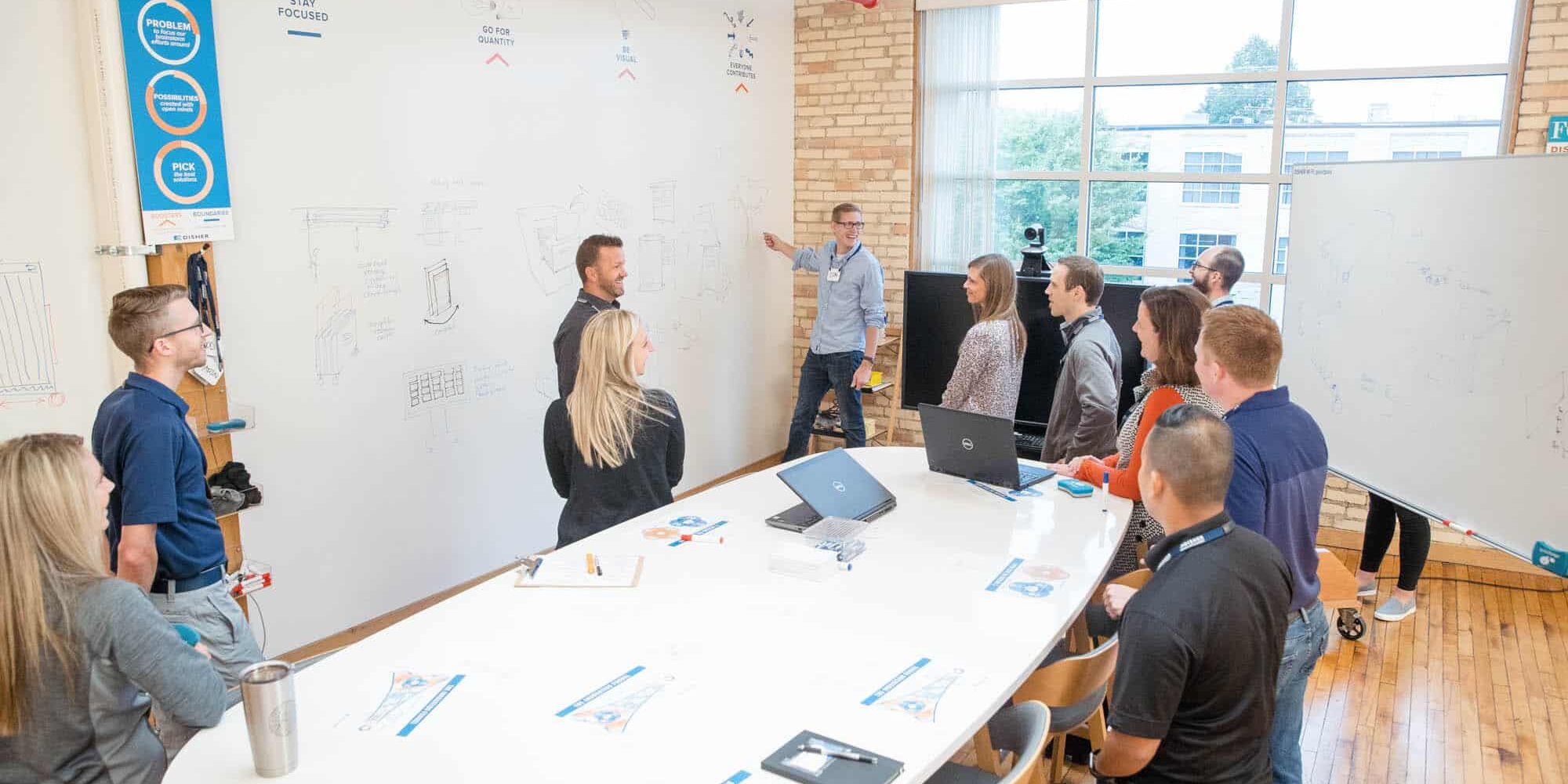
Step 2: Model Creation
DISHER’s Industrial Designers and Conceptual Engineers sketch, illustrate, and begin to build out new product or feature ideas. Top ideas are created into digital renderings and/or rapid prototypes made from cardboard, foam, and other low-cost accessible materials for quick iteration.
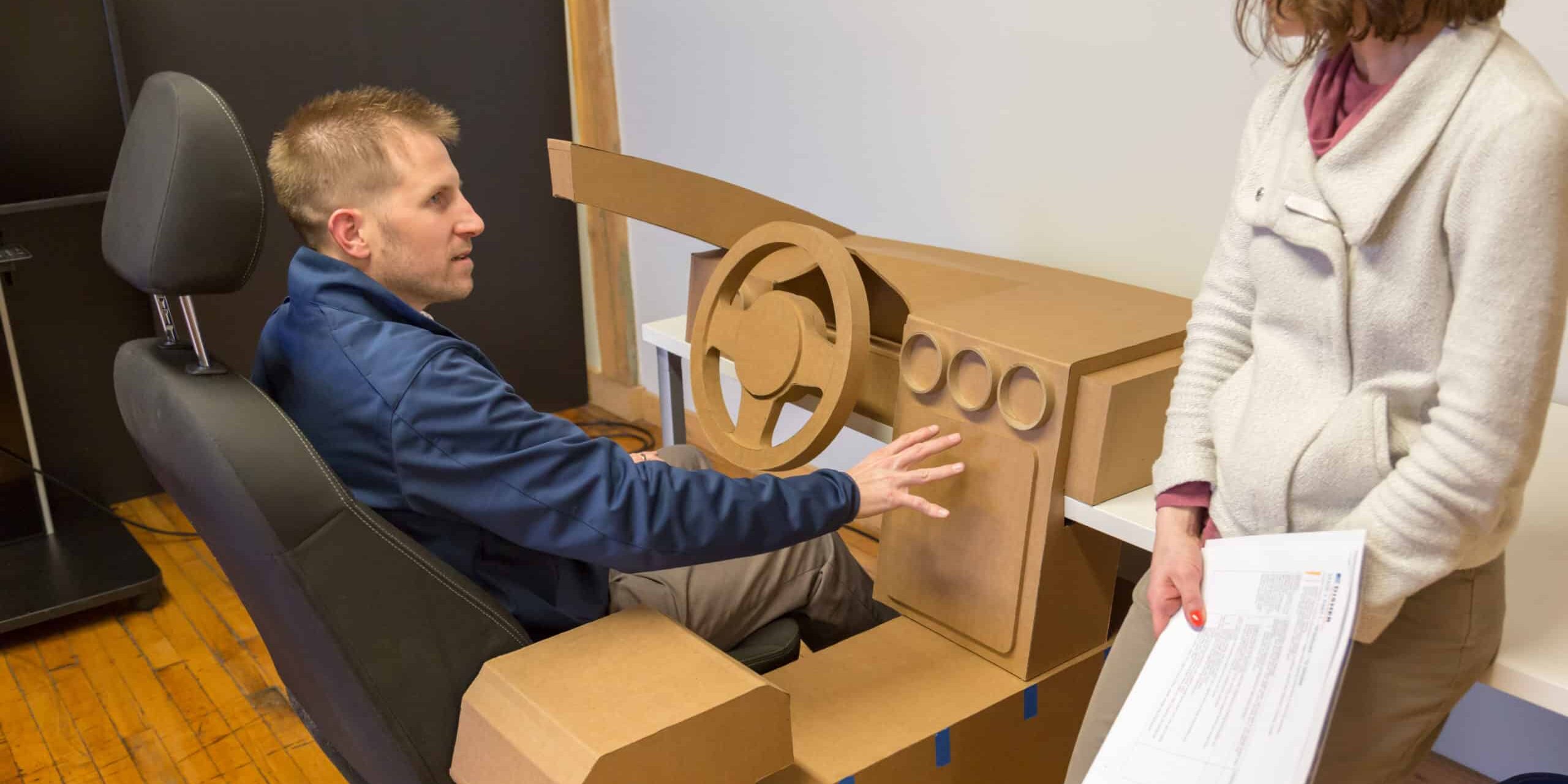
Step 3: Prototype Development
DISHER develops 3D prototypes from the best design concepts generated by the team. Proof-of-concept, looks-like, works-like, engineering, and pre-production prototypes can be created by our experienced cross-functional team until a final design emerges.
We are constantly iterating and exploring ways to boost the quality and functionality of new products and features while lowering the costs and speed to market.
Various materials are used for each type of prototype based on the fidelity levels needed and the objectives of the prototype.
Step 4: Review & Refinement
DISHER gathers prototype feedback from users, key stakeholders, and our clients throughout each phase of the front-end design process. The number of iterations is variable and depends on the project and its complexity. Our goal is to assist our clients in converging on the optimal product solution that meets the requirements.
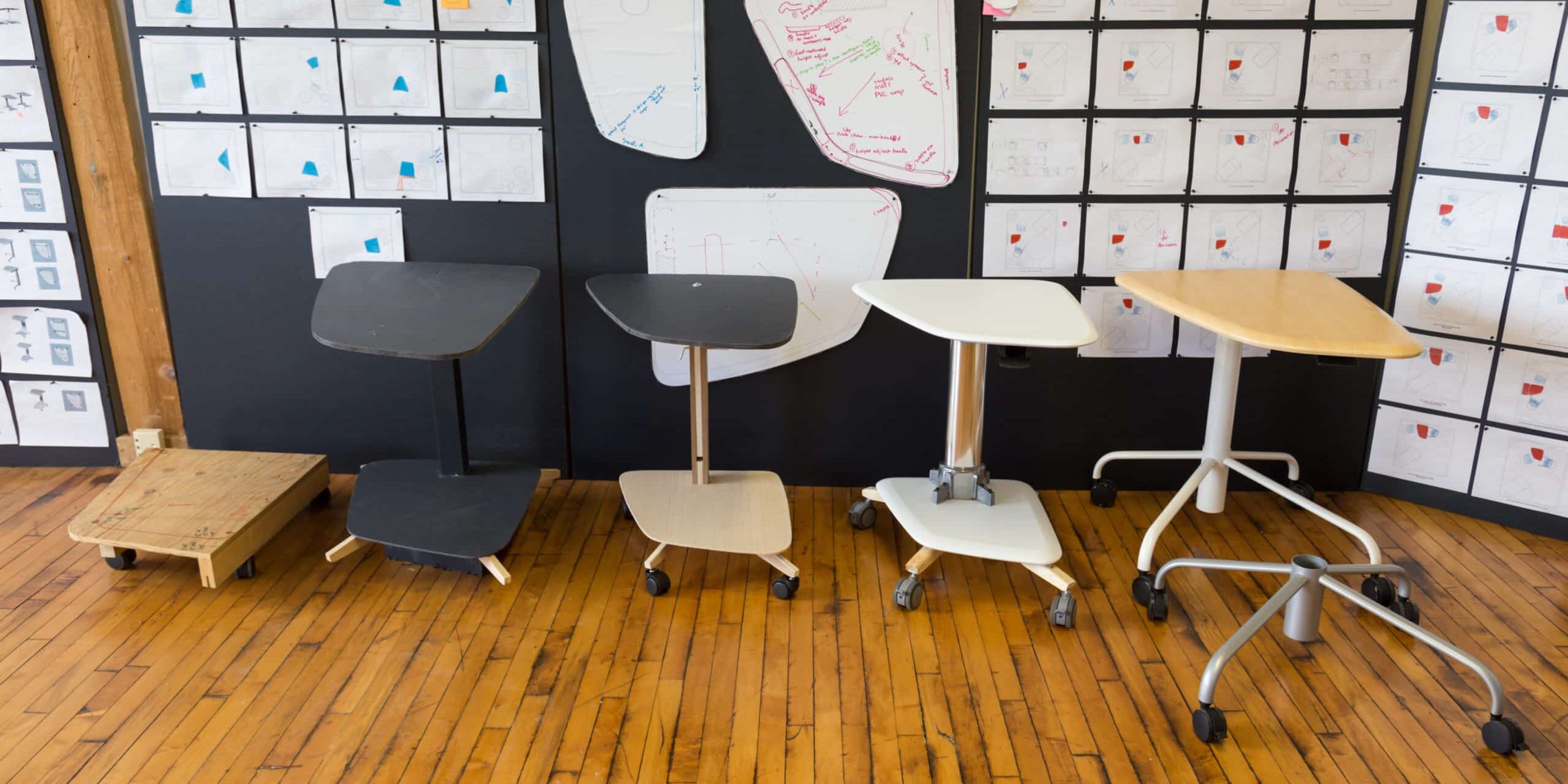
Step 5: Product Development
The DISHER team thrives on user-centered product development projects. It is one of our sweet spots. Clients choose DISHER because of our experienced, cross-functional team of innovative product developers (industrial designers, conceptual engineers, mechanical engineers, electronics engineers, project engineers, software and hardware engineers, manufacturing engineers, and more).
We love to help our clients solve problems with exceptional solutions that leave this world better than we found it.
Construct Your Vision with DISHER
Let us know how we can help transform your ideas into real solutions that work.
